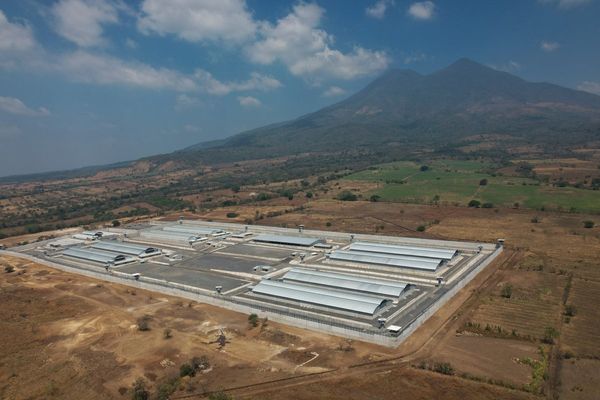
- Developers can now build AI agents that ‘self-heal’ with Google Cloud
- Go has been added to the list of supported programming languages
- Dashboards improve observability and security
Google Cloud has rolled out a series of updates to its Vertex AI Agent Builder in the hope that developers continue to build, test and deploy AI agents on its platform, with an emphasis on faster building.
The company has updated its Agent Development Kit (ADK) so that developers can use prebuilt plugins, such as a new one designed to help agents ‘self-heal’, meaning that they can become even more autonomous.
Go has also been added as a supported programming language, on top of existing Python and Java support, which Google stresses increases accessibility.
Google wants developers to build their AI agents even more quickly
Once agents are build, a single command via the ADK CLI will see them get deployed. “This is a major upgrade to help you move your agent from local development to live testing and production usage quickly and seamlessly,” Product Management Director Mike Clark noted.
After their AI agents have been deployed, developers will now gain extra observability through dashboard enhancements, including oversight over token usage, latency, errors and tool calls.
A dedicated playground will also allow them to test and debug faster, while the traces tab helps visualize agent action sequences to diagnose issues with clear paths.
PayPal Principal Engineer for AI Nitin Sharma praised Google Cloud’s Vertex AI Agent Builder for its support across “inspect[ing] agent interactions, follow[ing] state changes and manag[ing] multi-agent workflows.”
But with quicker development and deployment could come heightened security risks, so Google has addressed these too.
“Many developers are prototyping AI agents, but moving to a scalable, secure, and well-managed production agent is far more complex,” Clark added.
Model Armor will screen tool calls and agent responses, checking for prompt injection, while the Security Command Center serves as an agentic asset inventory.
Follow TechRadar on Google News and add us as a preferred source to get our expert news, reviews, and opinion in your feeds. Make sure to click the Follow button!
And of course you can also follow TechRadar on TikTok for news, reviews, unboxings in video form, and get regular updates from us on WhatsApp too.







